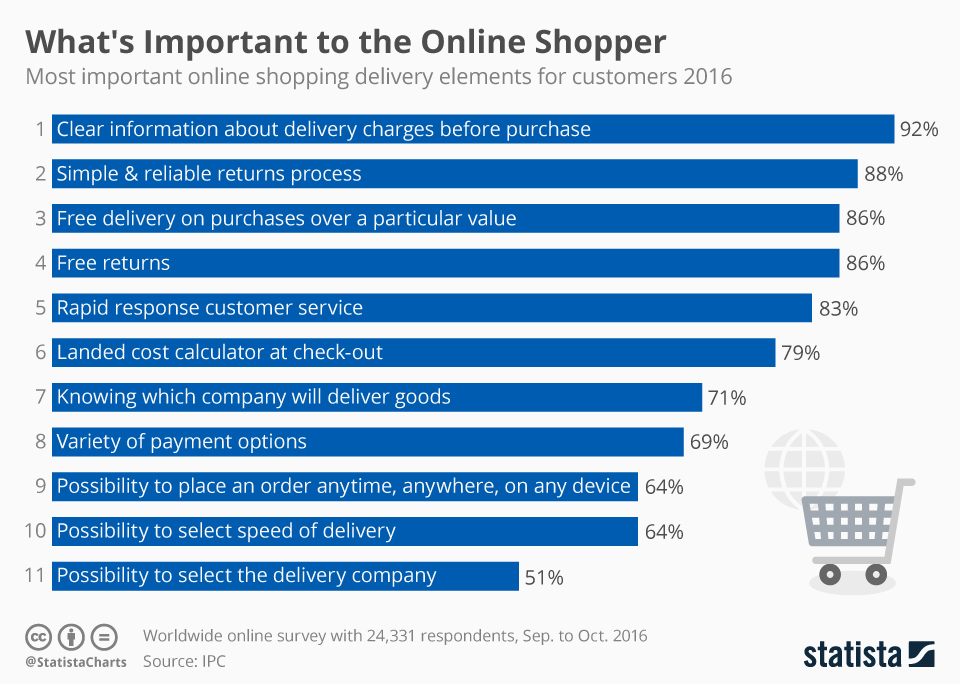Being a designer nowadays goes hand in hand with staying up-to-date with technology; owning a high-spec PC or Mac is quintessential and knowing every Photoshop and Illustrator shortcut like the back of your hand is a given. Yet building your own website from scratch in order to showcase or even sell your work is a little bit trickier and may require a little more catching up. Whether you are a web design rookie or already have an e-shop up and running, here are some essential and time-effective tips.
Let Someone Else Do the Heavy Lifting
If you are launching your website for the first time, it might be a good idea to turn to already existing platforms to cover the basics; perhaps the most popular and user-friendly one out there is WordPress.
Much more than a simple blogging platform, WordPress is actually a comprehensive content management system (CMS) that allows you to create, customize and publish your own content – essentially, to turn your idea into action. It is preferred by many for its accessibility as well as wide variety of themes and plugins, but there are also other CMS providers to choose from.

Know What You Want from a Service
While you are at it, you also need to choose a proper web host service to let you store all that content. This is actually an investment, so you need to make sure you are spending your money wisely: you might want to choose a slightly more expensive host if that means you get extra features that will increase protection, like automated data back-ups or regular security updates.
Better Secure than Sorry
Security is something you have to keep in mind all through this process and is also an area that you really want to invest wisely in, just because being proactive might actually save you a lot of money down the road. First of all, you need to make sure that appropriate safeguards are in place to protect your server against external threats; a web application firewall (WAF) is a good place to start. A good firewall will protect you against application layer attacks, including every one of the most critical threats out there, such as SQL injections and XSS attacks – while it will also make sure you comply with relevant PCI certification requirements.
Think about Orders and Payment
Furthermore, if you are really serious about accepting payments online, you must really invest in a Secure Sockets Layer (SSL) certificate. This is a cryptographic protocol that will enable you to establish a secure connection when needed – and let your customers know that. It is also important to make sure your website’s visitor can shop as simply and effortlessly as possible: navigating the order and payment process should be easy, as well as spotting the shopping cart icon.

Customers First
Finally, before launching your website, you must draw up clear policies regarding delivery services and charges, your approach to returning faulty items, and decide your accepted payment options. As you can see in the Statista chart below, 92% of consumers surveyed last year about their online shopping experience cite transparent delivery charges as very important while 86% appreciate free delivery over a specific purchase amount; 88% stated that a simple and dependable returns process was crucial to them and more than 2 in 3 online shoppers valued a variety of choice regarding payment.
 You will find more statistics at Statista
You will find more statistics at Statista
Building an e-commerce website is never an easy task, yet it becomes more and more crucial to have one: more than half of Americans prefer to shop online, with the numbers rising to 67% for Millennials and 56% for Gen X. Online shopping really seems to be the only way forward!